Osteological preparation intended for medical teaching of a split skull called "à la Beauchêne"* showing the bone sutures and disarticulated bones raised at a distance on a chrome-plated mechanical support made up of independent chrome-plated metal rods, adjustable and modular.
Thus, the entire mass of the facial bones can be detached, the entire set of bones from one nasal cavity or the other can be separated or detached, the mandible can be detached, and finally the skull can tilt slightly from front to back. Beautiful model, unsigned, which is similar to the work of the Tramond house.
Piece in very good condition, complete dentition with dissection of the left cortical bone showing the dental roots, the left incisor has a break (probably original).
*The invention of this French technique, developed around 1830, consisting of dismantling the individual bones of the skull to reassemble them in a fragmented manner and allow better visualization of all the parts is attributed to the anatomist and surgeon: Edmé Pierre Chauvot de Beauchêne (ca. 1780 - 1830), son of the renowned Edmé Pierre Chauvot de Beauchêne (1749 - 1825), physician to the court of Louis XVI and member of the Academy of Sciences.

















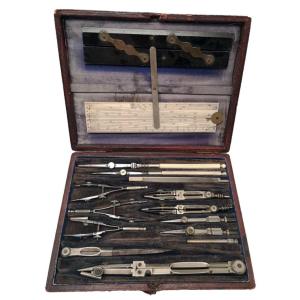
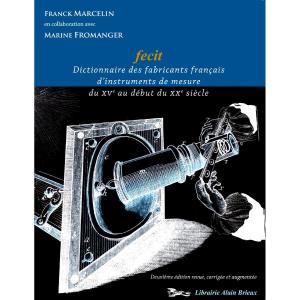
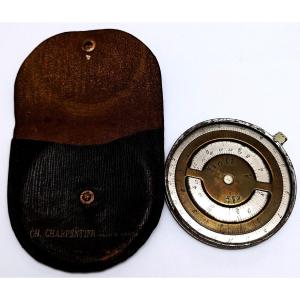






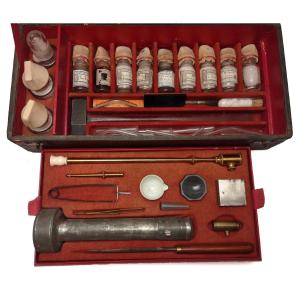

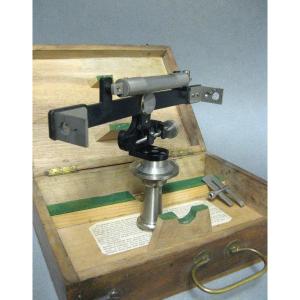







 Le Magazine de PROANTIC
Le Magazine de PROANTIC TRÉSORS Magazine
TRÉSORS Magazine Rivista Artiquariato
Rivista Artiquariato